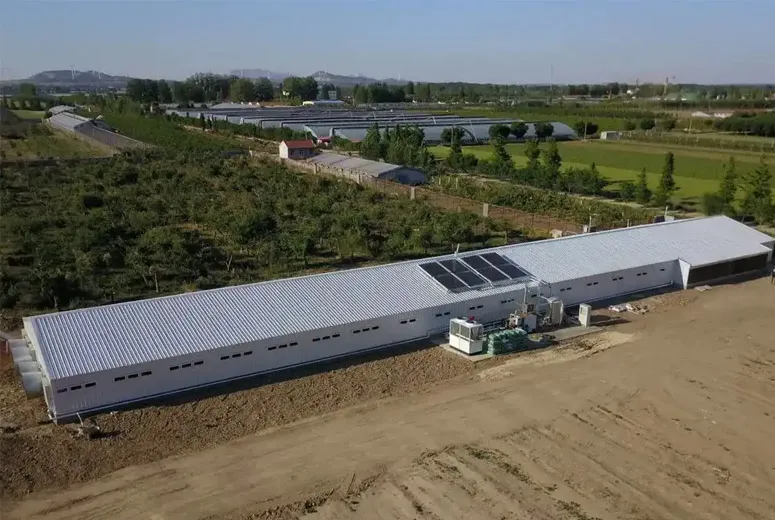- Afrikaans
- Albanian
- Amharic
- Arabic
- Armenian
- Azerbaijani
- Basque
- Belarusian
- Bengali
- Bosnian
- Bulgarian
- Catalan
- Cebuano
- Corsican
- Croatian
- Czech
- Danish
- Dutch
- English
- Esperanto
- Estonian
- Finnish
- French
- Frisian
- Galician
- Georgian
- German
- Greek
- Gujarati
- Haitian Creole
- hausa
- hawaiian
- Hebrew
- Hindi
- Miao
- Hungarian
- Icelandic
- igbo
- Indonesian
- irish
- Italian
- Japanese
- Javanese
- Kannada
- kazakh
- Khmer
- Rwandese
- Korean
- Kurdish
- Kyrgyz
- Lao
- Latin
- Latvian
- Lithuanian
- Luxembourgish
- Macedonian
- Malgashi
- Malay
- Malayalam
- Maltese
- Maori
- Marathi
- Mongolian
- Myanmar
- Nepali
- Norwegian
- Norwegian
- Occitan
- Pashto
- Persian
- Polish
- Portuguese
- Punjabi
- Romanian
- Russian
- Samoan
- Scottish Gaelic
- Serbian
- Sesotho
- Shona
- Sindhi
- Sinhala
- Slovak
- Slovenian
- Somali
- Spanish
- Sundanese
- Swahili
- Swedish
- Tagalog
- Tajik
- Tamil
- Tatar
- Telugu
- Thai
- Turkish
- Turkmen
- Ukrainian
- Urdu
- Uighur
- Uzbek
- Vietnamese
- Welsh
- Bantu
- Yiddish
- Yoruba
- Zulu
Oct . 14, 2024 05:21 Back to list
Architectural Steel Buildings The Future of Modern Design
In recent decades, architectural steel buildings have emerged as a prominent trend in the field of construction and architecture. The versatility, strength, and durability of steel have transformed it into a favored material for various types of structures, from skyscrapers to bridges and residential homes. As cities expand and the demand for sustainable building solutions increases, steel structures offer both aesthetic appeal and practical advantages, making them a critical component of modern architecture.
Versatility and Design Flexibility
One of the most significant advantages of using steel in construction is its remarkable versatility. Architects can create a wide range of designs, from traditional to contemporary. Unlike other materials such as concrete or wood, steel can be manufactured in various shapes and sizes. This ability allows for innovative designs that push the boundaries of creativity. Large open spaces with fewer columns, intricate facades, and sculptural elements are all possible with steel. The material’s strength enables architects to design expansive spaces without compromising safety or structural integrity.
Durability and Longevity
Architectural steel buildings are not only visually striking but also exceedingly durable. Steel has a high strength-to-weight ratio, which ensures that structures can withstand extreme weather conditions, including heavy winds, earthquakes, and snow loads. Unlike wood, which can warp, rot, or be infested by pests, steel remains stable and requires minimal maintenance over time. This durability translates into a longer lifespan for buildings, making them a cost-effective choice in the long run. The resilience of steel also makes it suitable for diverse environments, from urban settings to coastal areas, where exposure to moisture can be problematic for traditional building materials.
Sustainability and Energy Efficiency
architectural steel buildings

In today’s world, sustainability is more critical than ever in construction. Steel is recyclable, making it an environmentally friendly option in building. Approximately 90% of steel products can be reused or recycled at the end of their lifecycle, reducing waste and conserving natural resources. Moreover, the production of steel has become more energy-efficient with advancements in technology. New methods of steel production utilize significantly less energy than previous processes, further reducing the carbon footprint of steel structures.
Architectural steel buildings can also be designed to be energy efficient. The use of advanced insulation materials and energy-efficient systems can help reduce energy consumption for heating and cooling, leading to lower operational costs. Furthermore, large windows and open layouts typical in steel designs facilitate natural lighting, which contributes positively to the energy efficiency of the building.
Modern Applications
The applications of architectural steel buildings are extensive and varied. Steel is widely used in commercial construction, such as office buildings, shopping centers, and industrial facilities. Its durability and strength make it ideal for structures that require robustness while maintaining aesthetic value. Additionally, steel is increasingly being utilized in residential construction, allowing homeowners to benefit from modern designs and increased energy efficiency.
Iconic structures around the world, such as the Burj Khalifa in Dubai and the Brooklyn Bridge in New York City, exemplify the architectural possibilities with steel. These projects showcase not only what is architecturally feasible but also highlight the artistic expression possible with steel as a primary material.
Conclusion
Architectural steel buildings represent a fusion of innovation, durability, and sustainability, establishing themselves as a cornerstone of modern architectural practices. As cities continue to grow and evolve, the need for efficient, resilient, and visually striking structures will persist. Steel construction offers a pathway toward meeting these needs, allowing architects to explore new creative frontiers while prioritizing environmental concerns. As we look to the future, it is evident that architectural steel buildings will play a vital role in shaping the urban landscapes of tomorrow, combining form and function to create exemplary living and working spaces. In a world increasingly defined by the challenges posed by climate change and urbanization, steel structures are not only an architectural choice but a necessary evolution in building practices.
-
How Do Prefabricated Steel Structures Transform Modern Construction?
NewsJul.14,2025
-
How Do Prefabricated Metal Buildings Redefine Modern Construction?
NewsJul.14,2025
-
How Do Prefab Insulated Metal Buildings and Steel Structures Revolutionize Modern Construction?
NewsJul.14,2025
-
How Do Pre - Engineered Steel Structures Redefine Modern Construction?
NewsJul.14,2025
-
Advancing Modular Construction with Prefabricated Metal Structures
NewsJul.14,2025
-
Advancing Industrial Infrastructure with Prefabricated Steel Solutions
NewsJul.14,2025
Products categories
Our Latest News
We have a professional design team and an excellent production and construction team.












